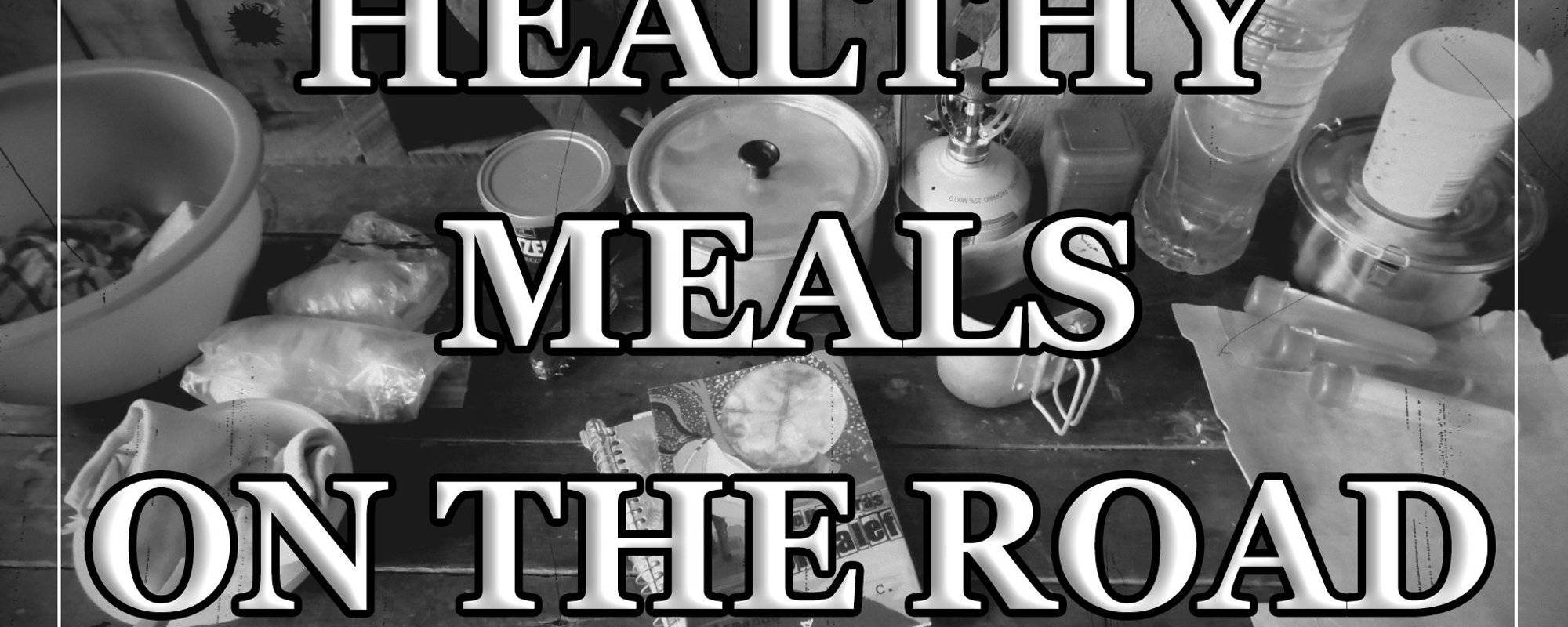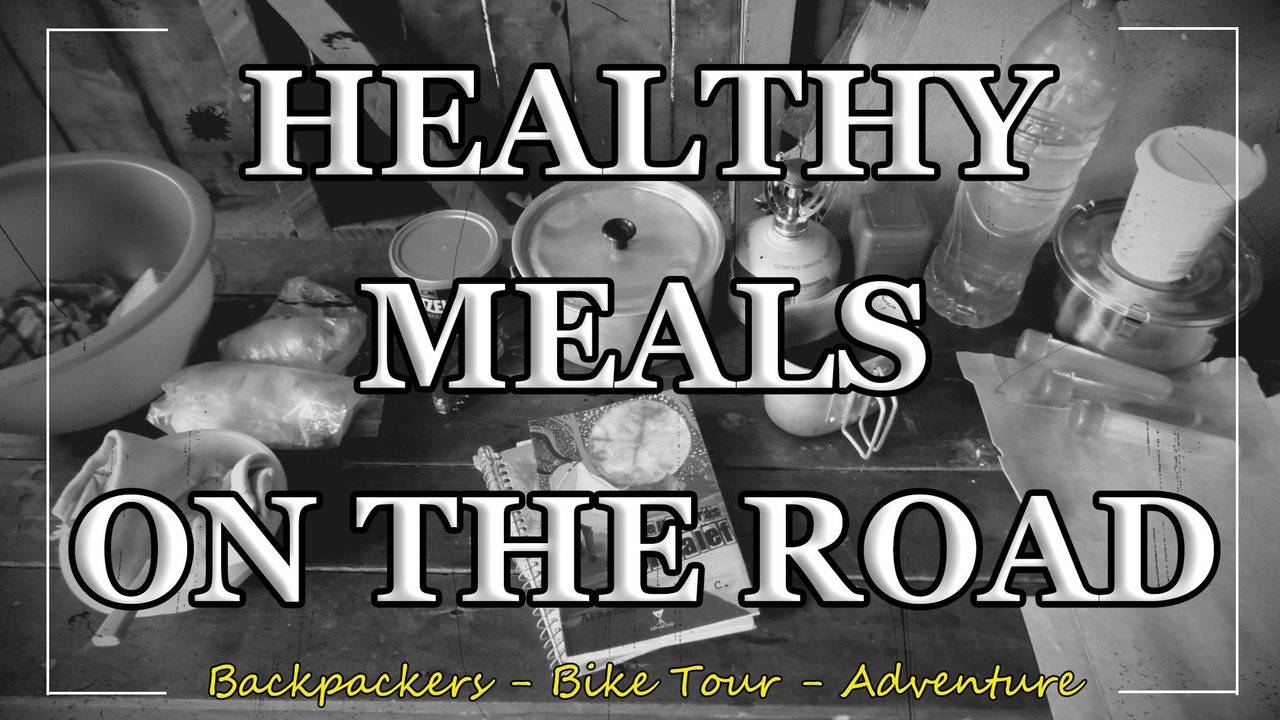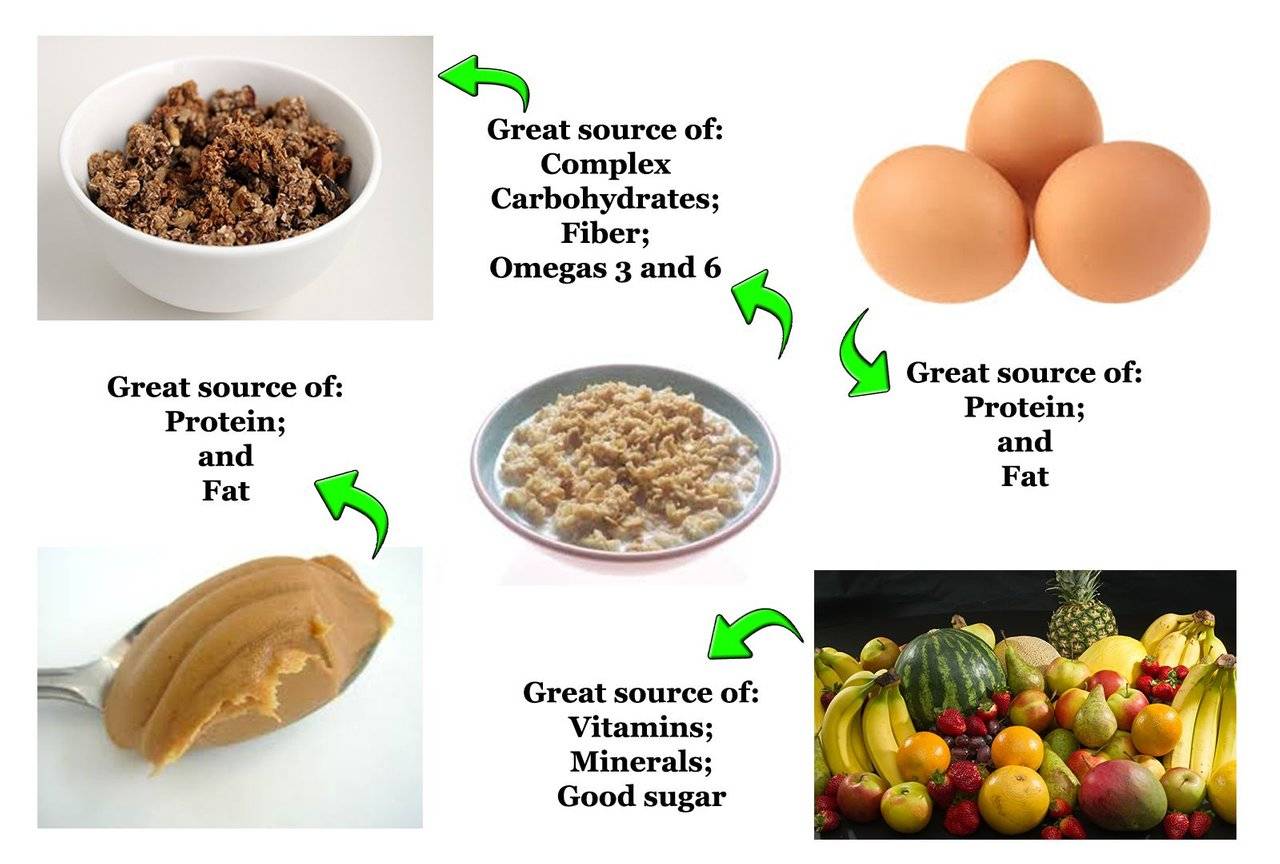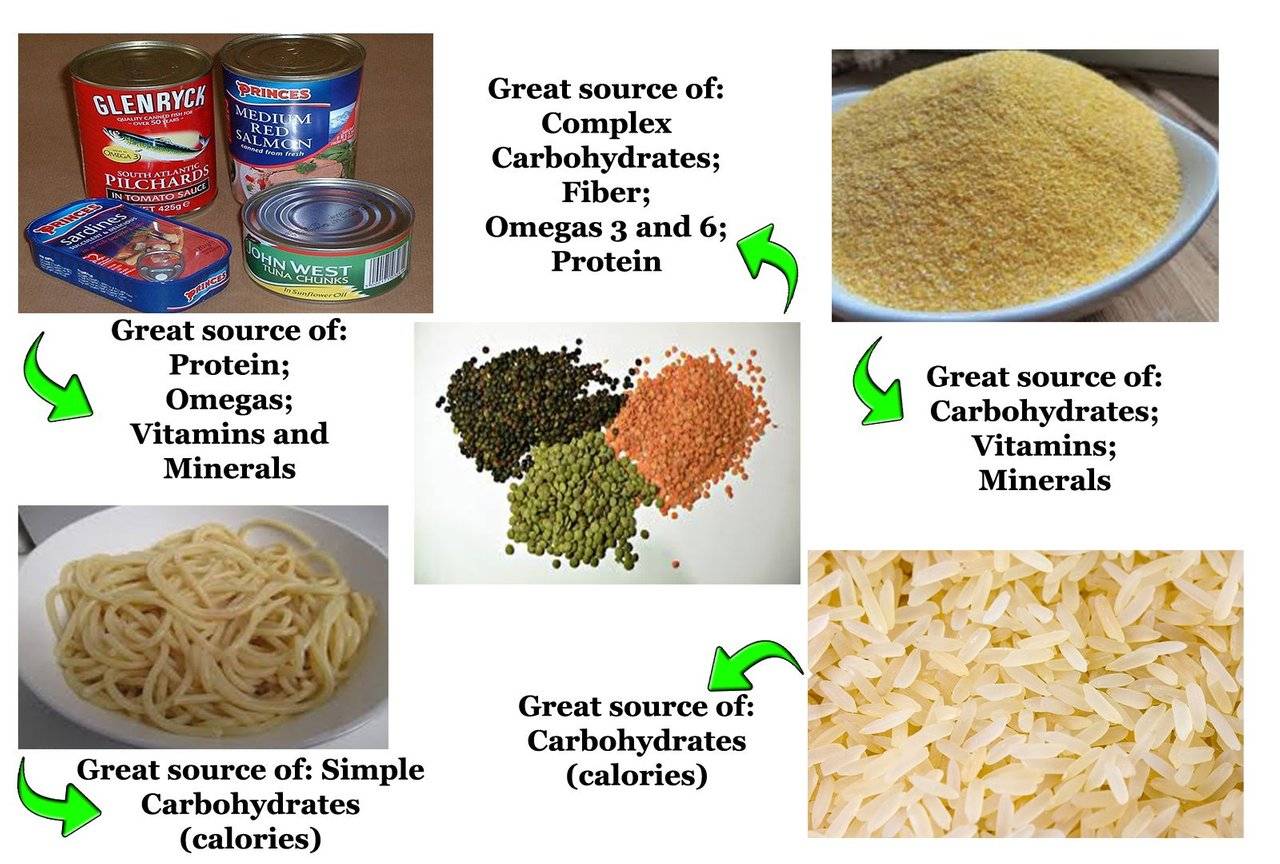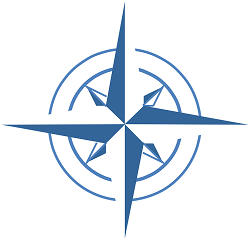Did you know that you can be a broken yet a healthy traveler? The idea for this post is to share ideas for healthy meals you can easily carry in your backpack or saddlebags, without breaking the bank on lyophilized food.
Isn't it funny to come back from an adventure, where generally you live off you backpack, and hear:
Ah... but you loose a lot of weight, right? What do you eat?
People in general think that you are always starving, only because you are backpacking, bicycle touring or in the wilderness.
Well, it's true xD... We, backpackers, are usually starving and will definitely accept if you offer that delicious meal. It's part of a backpacker's life to be starving, since we are always exercising (going up mountains, carrying equipment, riding a bike, discovering, exploring, walking), that itself demand a lot of energy. However, that doesn't mean we don't eat, or that we cannot eat well.
I remember clearly my frist trip alone to a camp site. I poorly calculated the food and only carried noodles or snacks with zero nutritional value. The last day I had nothing left and some kilometers to walk, a beginner's mistake I've learned the hard way.
Since then, I've started to prepare myself much better and I also have learned what works and what doesn't work when going on an adventure, both in terms of logistic and nutritional value.
Without further ado, let's start.
Obs.: I'm not a nutritionist, nor I want to dictate what you should carry. This are ideas that work for me and may work for you too. Hope you enjoy ~^
Remember: You'll be with only a backpack / saddlebags, so you'll need to think about meals that are (1) healthy; (2) won't make a mess in your backpack (i.e. things that can melt); (3) won't rot easly; (4) are cheap and easy to find.
As to quantity: I usually pack for more than I need and I don't waste time when passing by a city, if there is a cheap supermarket I take some time to resupply. Quantity is easy when you are near a city, but be extra careful when going to wild places.
Secret is planning, once you figure out how many days it takes to consume everything vs. the adventure time, you'll learn how much you need and when to buy more. On your first trip you may fail though hihihihih
This is my general guide:
1. Breakfast
This is the most important meal of the day, providing sustenance and energy (i.e. calories) for whatever activities you might face.
Here I try to supply my body with basically everything it might need, that means: Whole grains (granola; oatmeal), milk, eggs, tapioca, fruits, honey, bread, good fat (i.e. peanut butter), vitamin pills.
But Arthur, eggs can break; honey can melt; milk will rot.
Yes and no, if you store them carefully using plastic pots and paper (for the eggs). Milk in powder (ding!)
All the items above I always have on me, especially when I explore the wilderness for several days. They are super healthy, won't cause a disaster in your backpack and are common/cheap to buy.
RECIPE TIP: Mashed bananas + oatmeal + peanut butter + honey + hot milk (powder milk + water). Mix with a fork and voilá!
2. Lunch / Snacks
Lunch on the road, this one is always the hardest. If I'm stationary in a camping / hostel, I take some time to cook something more elaborate for lunch, but that rarely happens.
In fact, when I'm traveling I want to wake up early to go out and explore, be it in the wilderness or near a city. So, during the lunch time I'm usually busy on a trail or still riding my bike to reach some place. Either way losing time to incorporate the master chef is not an option thus, turning my lunch into a bigger snack.
Here I try to maintain my caloric intake to keep on moving, that means: Peanut butter + grape jelly sandwiches, power bars, bananinha (only seen that in Brazil), protein powder with water, any kind of cheap fast snack (oh god! empanadas), cheese, salame, fruits (better if found in the wild), crackers, dulce de leche.
RECIPE TIP: Take two sandwich breads; one with peanut butter, the other with grape jelly. Marry the two and be happy.
3. Dinner
Let the master chef quick in! Normally the dinner is made after you've finished your day and the camp is set. Now you have time to unload your cooking kit (pans, stove and all the stored food), don't be shy and eat like a monster, I'm sure you'll be hungry!
For dinner I usually have two scenarios, both involve a lot of calories divided into carbohydrates, proteins and fat.
Scenario 1: I'm near a city and I can buy fresh food. If this is the case I don't hesitate on cooking something elaborate and delicious, that can be: Meat, meat and meat, also rice, veggetables stew, potatoes, canned beans (I usually avoid industrialized food but...), pasta, lentils, pizza size gigantic
Scenario 2: I'm in the wilderness and limited to load weight. Now things need to get simpler and easier, you do not want to waste a lot of gas while cooking, nor you want to carry an insane load on your back. Avoid canned food (cans are heavy) and avoid meals with a lot of salt (sodium), this will increase water consumption.
Here I usually carry the basics of a backpacker, that means: Rice with Tuna fish, spaghetti with Tuna fish, Tuna fish with Tuna fish \o\, lentils, smoked sausage (great with rice), pre-cooked food (just not in cans), polenta.
4. Extras
- Before going to sleep, in cold regions, I like to drink a hot milk with chocolate or soup (be careful, instant soups have loads of sodium). Hot liquids before bed provide some nice body heat to warm your sleeping bag.
- I usually take 2 vitamin pills a day (breakfast and night), they provide all the minerals and vitamins for a day.
- Spices, I usually have them to give a better flavor to my meals.
- WATER! Always collect fresh water and don't wait until you are thisty. There are cleaning pills you can use for collected water.
REMEMBER
- WATER! Again! You'll remember my post when you are thursty in the middle of nowhere.
- Avoid salt, this increase water consumption and is not healthy.
- Eat periodicaly to keep a continuous caloric intake; leave snacks in handy places.
- You can eat healthy and cheap by just using creativity. Take your time at the supermarket, once you have a general guide it'll be easy.
- Do not skip breakfast.
- TAKE ALL YOUR TRASH WITH YOU!
USEFUL TIPS
You can use a web site called MyFitnessPal to calculate your caloric intake. Your caloric intake will be the number of calories a day you need to maintain your body weight based on several variables (gender, age, height, weight and activity rate)
With this number in hand (i.e 2500 Kcal/day) you can use MyFitnessPal to select and plan all your meals to meet your necessity, the web site will sum the macros for you. It's really simple to use.
If you like to be organized you can separate your dayly meals in plastic bags. Example: A bigger bag named 'Day 1' will contain (breakfast, snacks, lunch and dinner) in smaller bags. Same for day 2 and so on.
FINAL THOUGHTS
As you can see it's pretty simple to travel cheap and healthy, all you need is creativity. Take your time at the supermarket, I'm sure you'll find some local food that you've never heard before, that's the most fun thing to do, try them all!
If you really want to travel super cheap, avoid restaurants. But don't be extra penny-pincher, give yourself the pleasure of some local food (ahhhh the empanadas!).
And last but not least: BREAK THE RULES!
If you've read everything you don't need to follow it word by word. I can guarantee you that everything I've shared here I've learned by trial and error. Don't be afraid to fail miserably.
For example: In the cold areas of Argentina I've carried butter (yes, normal butter) inside my backpack, with no problem at all. I've tryed the same thing in the hot weather of Brazil (genius!) and it melted instantly.
Always have good sense and you should be more than fine.
Hope you enjoyed this post! Feel free to give your feedback, upvote and/or resteem. If you have any crazy recipe or meal you'd like to add, please, leave a comment down below, I'd love to hear!
Images: All banners were generated by myself using google images under the option for free copyrights. Any complaints, please, let me know and I shall remove. Thank you.
Ready to Blog & Earn?
With TravelFeed, easily start your own travel blog and earn as you go. It's the smart platform for travelers who want to profit from their passion. Create a free account
I'm Arthur. I blog about Brazil, Adventure Stories, Travel, Camping & Life Experiences.
Follow me to stay tunned for more info and tips.
You may also want to read:
Live Outdoors: 10 REASONS TO TRY STAND UP PADDLE
Live Outdoors: 3 ESSENTIAL ITEMS TO GO CAMPING
Live Outdoors: HOW TO CHOOSE A TENT FOR CAMPING
Don't Forget: Get Travel Health Insurance!
To make your trip a worry-free experience, TravelFeed recommends SafetyWing Nomad Insurance. It provides comprehensive health coverage while you travel, so you can focus on exploring, not the unexpected. Get a quote here
Live Outdoors: 3 TIPS TO BUY A SLEEPING BAG
TRAVEL: 5 REASONS WHY YOU SHOULD HITCHHIKE
TRAVEL: PROS AND CONS OF BICYCLE TOURING
Travel Resources
Recommended by TravelFeed
Flights: We recommend checking Kiwi.com to find the best and cheapest flights .
Accomodation: Find great stays on Booking.com, Agoda and Hostelworld.
Travel Insurance: Medical emergencies abroad can be pricey, but travel health insurance is not. We always use SafetyWing for affordable and reliable coverage.
Car Rental: For hassle-free car hiring, DiscoverCars is our trusted choice with a wide selection of vehicles.
Internet: Got an eSIM compatible phone? Airalo is perfect for reliable internet access during your trip. Just install it before you go, and you're set!
Day Trips & Tours: We recommend GetYourGuide for a variety of well-organized and enjoyable activities.
Travel Planner: Need a hand planning? Our free travel planner chatbot is your personal guide. Chat now.
Disclosure: Posts on TravelFeed may contain affiliate links. See affiliate disclosure.
